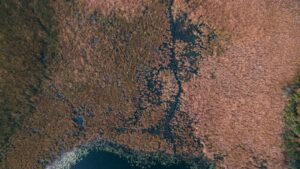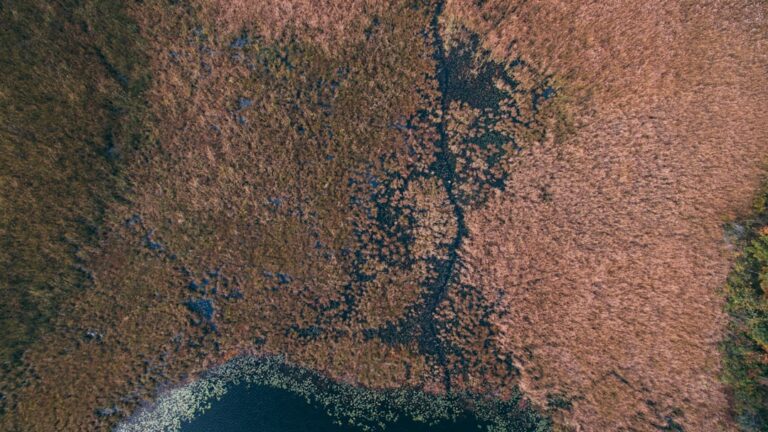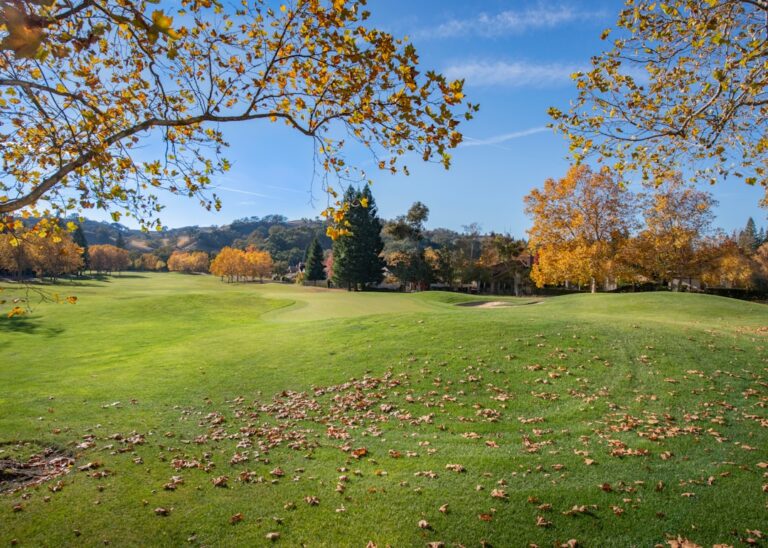Grass shrimp, belonging to the family Palaemonidae, are small, translucent crustaceans that inhabit coastal waters and estuaries. These diminutive creatures, often measuring just a few centimeters in length, are characterized by their elongated bodies and long antennae. Their semi-transparent exoskeleton allows them to blend seamlessly into their surroundings, providing an effective means of camouflage against predators.
Grass shrimp are commonly found in shallow waters, particularly in seagrass beds, marshes, and mangroves, where they play a crucial role in the aquatic food web. The significance of grass shrimp extends beyond their ecological niche; they serve as a vital food source for a variety of marine species, including fish and birds. Their presence in an ecosystem can indicate the health of that environment, as they are sensitive to changes in water quality and habitat conditions.
Understanding the biology and ecology of grass shrimp is essential for appreciating their role in marine ecosystems and the potential impacts of environmental changes on their populations.
Key Takeaways
- Grass shrimp are small, transparent crustaceans found in coastal and estuarine environments.
- They are typically found in seagrass beds, marshes, and tidal creeks, where they play a crucial role in the food web.
- Grass shrimp serve as an important food source for many species, including fish, birds, and larger crustaceans.
- Predators and threats to grass shrimp include fish, birds, and pollution from human activities.
- Grass shrimp reproduce through a complex life cycle, with females releasing thousands of eggs into the water, contributing to the abundance of these organisms in aquatic environments.
Habitat and Behavior of Grass Shrimp
Grass shrimp thrive in a range of habitats, primarily favoring shallow coastal waters, estuaries, and brackish environments. They are often found in areas with abundant vegetation, such as seagrass beds and salt marshes, where they can find shelter from predators and abundant food sources. The structure provided by these habitats is essential for their survival, as it offers both protection and a rich supply of organic material to feed on.
Grass shrimp are particularly adept at navigating through dense vegetation, using their long antennae to sense their surroundings and detect potential threats. Behaviorally, grass shrimp exhibit fascinating adaptations that enhance their survival. They are primarily nocturnal, which helps them avoid predation during daylight hours.
During the night, they emerge from their hiding spots to forage for food, primarily consisting of detritus, algae, and small planktonic organisms. Their feeding habits contribute to the health of their ecosystems by recycling nutrients and promoting the growth of primary producers. Additionally, grass shrimp display a range of social behaviors; they can often be seen in groups, which may provide added protection against predators through the “dilution effect,” where the risk of any single individual being captured decreases in larger groups.
Importance of Grass Shrimp in Ecosystems

Grass shrimp play a multifaceted role in their ecosystems, serving as both prey and scavengers. As a primary food source for various fish species, including juvenile flounder and striped bass, they are integral to the marine food web. Their presence supports not only the health of fish populations but also the overall biodiversity of coastal ecosystems.
By providing sustenance for larger predators, grass shrimp help maintain the balance within these environments. Moreover, grass shrimp contribute significantly to nutrient cycling within their habitats. As scavengers, they consume organic matter and detritus, breaking it down into smaller particles that can be utilized by other organisms.
This process enhances the availability of nutrients for primary producers like seagrasses and phytoplankton, which are foundational to aquatic food webs. The activities of grass shrimp also promote sediment aeration and mixing, which can improve water quality and support the growth of beneficial microorganisms. Their role in these processes underscores their importance in maintaining healthy aquatic ecosystems.
Predators and Threats to Grass Shrimp
| Threat | Description | Impact |
|---|---|---|
| Predatory Fish | Fish species that prey on grass shrimp | Significant predation, reducing grass shrimp population |
| Crabs | Crab species that feed on grass shrimp | High predation, especially on juvenile grass shrimp |
| Water Pollution | Contamination of water from chemicals and waste | Can lead to habitat degradation and reduced survival of grass shrimp |
Despite their ecological significance, grass shrimp face numerous threats from both natural predators and human activities. In the wild, they are preyed upon by a variety of species, including larger fish such as trout and flounder, as well as birds like herons and egrets. These natural predators play a crucial role in regulating grass shrimp populations; however, overfishing or changes in predator populations can lead to imbalances that affect grass shrimp numbers.
Human activities pose additional challenges to grass shrimp populations. Habitat destruction due to coastal development, pollution from agricultural runoff, and climate change are significant threats that can alter their environments. For instance, increased nutrient loading from fertilizers can lead to algal blooms that deplete oxygen levels in water bodies, creating hypoxic conditions detrimental to grass shrimp survival.
Furthermore, the loss of seagrass beds due to coastal development or dredging activities reduces available habitat for these organisms, making them more vulnerable to predation and decreasing their overall population resilience.
Reproduction and Life Cycle of Grass Shrimp
The reproductive cycle of grass shrimp is a complex process that typically occurs during warmer months when water temperatures rise. Female grass shrimp carry fertilized eggs in a specialized brood pouch located beneath their abdomen until they hatch into larvae. This brooding behavior provides protection for the developing embryos from predators and environmental stressors.
The number of eggs produced can vary significantly among species but can range from several dozen to thousands per reproductive cycle. Once the eggs hatch, the larvae enter a planktonic stage where they drift with ocean currents for several weeks before settling into suitable habitats. During this time, they undergo several molts as they grow and develop into juvenile grass shrimp.
This larval stage is critical for dispersal; it allows grass shrimp to colonize new areas and maintain genetic diversity within populations.
Grass Shrimp as a Food Source

Grass shrimp are not only vital components of marine ecosystems but also serve as an important food source for various species across different trophic levels. In commercial fisheries, they are harvested for human consumption and are considered a delicacy in many regions.
Additionally, grass shrimp are often used as bait in recreational fishing due to their attractiveness to larger fish species. In addition to their culinary value for humans, grass shrimp play a crucial role in supporting the diets of numerous marine animals. Many fish species rely on them as a primary food source during their juvenile stages when they are particularly vulnerable and require high-protein diets for growth.
Birds such as ospreys and kingfishers also depend on grass shrimp as a significant part of their diet. The interdependence between grass shrimp and these predators highlights their importance in sustaining both commercial fisheries and natural ecosystems.
Research and Conservation Efforts for Grass Shrimp
Given the ecological significance of grass shrimp and the threats they face from habitat degradation and climate change, research efforts have intensified to better understand their biology and ecology. Scientists are investigating various aspects of grass shrimp life cycles, population dynamics, and responses to environmental stressors. This research is crucial for developing effective conservation strategies aimed at protecting these vital organisms.
Conservation efforts often focus on habitat restoration initiatives aimed at preserving seagrass beds and estuarine environments where grass shrimp thrive. Organizations dedicated to marine conservation work collaboratively with local communities to promote sustainable practices that minimize pollution and habitat destruction. Additionally, public awareness campaigns aim to educate stakeholders about the importance of grass shrimp in maintaining healthy ecosystems and encourage responsible fishing practices that ensure sustainable populations.
The Vital Role of Grass Shrimp in Aquatic Environments
Grass shrimp are indispensable components of aquatic ecosystems, serving as both prey for larger animals and contributors to nutrient cycling within their habitats. Their unique adaptations allow them to thrive in diverse environments while playing critical roles in maintaining ecological balance. As researchers continue to study these fascinating creatures, it becomes increasingly clear that protecting grass shrimp populations is essential for preserving the health of coastal ecosystems.
The ongoing threats posed by human activities necessitate concerted conservation efforts aimed at safeguarding these vital organisms and their habitats. By fostering awareness about the importance of grass shrimp within marine food webs and promoting sustainable practices among communities, we can help ensure that these remarkable crustaceans continue to thrive for generations to come.
If you are interested in learning more about the social behavior of grass shrimp, you may want to check out this article on the basic concepts of sociology. Understanding individual and group associations can provide valuable insights into the interactions of these tiny crustaceans in their natural habitat. To read more about this topic, visit this link.
FAQs
What are grass shrimp?
Grass shrimp, also known as Palaemonetes spp., are small, translucent shrimp that are commonly found in coastal and estuarine environments.
What do grass shrimp eat?
Grass shrimp are omnivorous and feed on a variety of organic matter, including algae, detritus, and small invertebrates.
Where are grass shrimp found?
Grass shrimp are found in coastal and estuarine environments, including salt marshes, tidal creeks, and mangrove swamps.
What is the role of grass shrimp in the ecosystem?
Grass shrimp play an important role in the food web as both predator and prey. They are a food source for many fish and birds, and they also help to control populations of small invertebrates and algae.
Are grass shrimp important for commercial or recreational fishing?
Grass shrimp are an important bait for recreational and commercial fishing, particularly for species like striped bass and flounder.
Are grass shrimp harmful to humans?
Grass shrimp are not harmful to humans and are not known to carry any diseases that can be transmitted to humans.






















+ There are no comments
Add yours